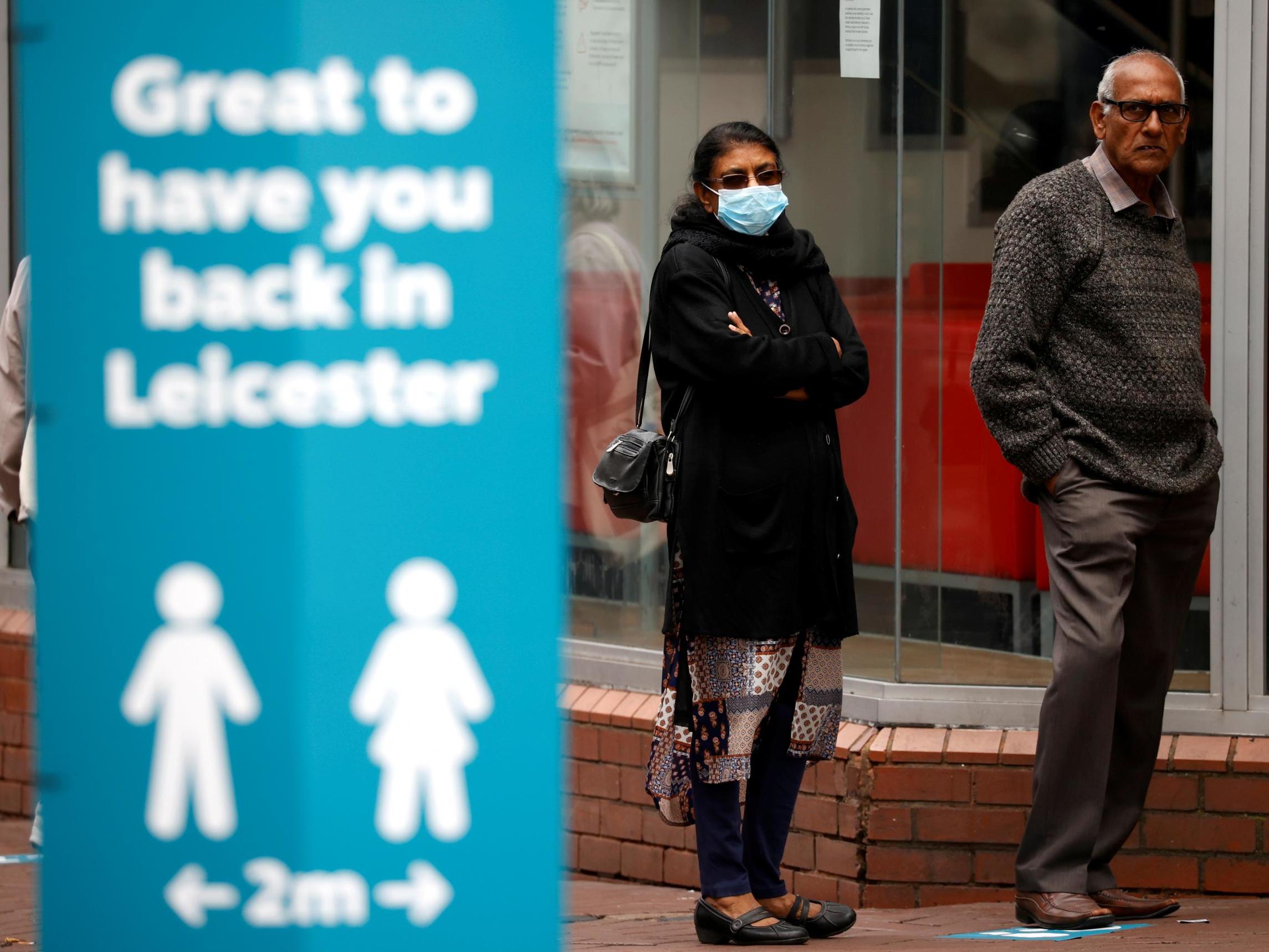Coronavirus: Where are latest potential hotspots?
Analysis of data from symptom-reporting app identifies three West Midlands areas as at risk of local lockdown

Your support helps us to tell the story
From reproductive rights to climate change to Big Tech, The Independent is on the ground when the story is developing. Whether it's investigating the financials of Elon Musk's pro-Trump PAC or producing our latest documentary, 'The A Word', which shines a light on the American women fighting for reproductive rights, we know how important it is to parse out the facts from the messaging.
At such a critical moment in US history, we need reporters on the ground. Your donation allows us to keep sending journalists to speak to both sides of the story.
The Independent is trusted by Americans across the entire political spectrum. And unlike many other quality news outlets, we choose not to lock Americans out of our reporting and analysis with paywalls. We believe quality journalism should be available to everyone, paid for by those who can afford it.
Your support makes all the difference.Scientists have identified Dudley, Wolverhampton and Walsall as three local authorities at risk of following Leicester in emerging as a coronavirus hotspot.
Leicester is already back in increased lockdown after a rapid rise in new Covid-19 cases, with non-essential shops ordered to close and people urged not to travel in or out of the area.
The three West Midlands towns areas identified have now been named as possible new hotspots in modelling data from King’s College London using information from the Covid Symptom Study app.
“This fresh look at the data was inspired by the local lockdown in Leicester,” said Professor Tim Spector from King’s College London. “We challenged ourselves to see if the app data could highlight any other local hotspots and we are really pleased that it does.
“The new model picked up Leicester as a consistent hotspot back on 17 June which suggests it is accurately picking up places of concern.”
The data can be used to find areas of the country with a higher prevalence of symptoms than neighbouring areas, which are likely to lead to an increase in confirmed cases in the next five days and hospitalisations in the next 12 days.
Prof Spector said: “With our data now flagging up potential new hotspots, it will allow for greater surveillance and focussed testing that could detect problems like Leicester much earlier and hopefully reduce the number of major lockdowns.
“But to do this more successfully we still need more people to join us by logging how they are feeling each day so we can send out kits to those feeling unwell and catch these outbreaks and help us closely monitor what is going on in the UK population.”
King’s College London used three criteria for identifying hotspots: the local authority must have a significantly higher prevalence of the disease than its neighbours, be in the top 10th percentile of prevalence in the UK, and have a higher prevalence today than that of 10 days ago.
The method is based on the assessments of 3.7 million app users in the UK and uses a model to predict positive Covid-19 cases based on symptoms combined with swab test results reported by app users.
The same model predicted Barnsley and Rochdale would be hotspots on 17 June – but these areas no longer rank highly.
There are currently an estimated 1,445 daily new cases of coronavirus in the UK on average over the last two weeks, according to the latest figures from the app.
The number of cases has continued to fall nationally, and fell by 34 per cent this week compared to last week.
The highest rates of new cases are still found in the Midlands.
Join our commenting forum
Join thought-provoking conversations, follow other Independent readers and see their replies
Comments